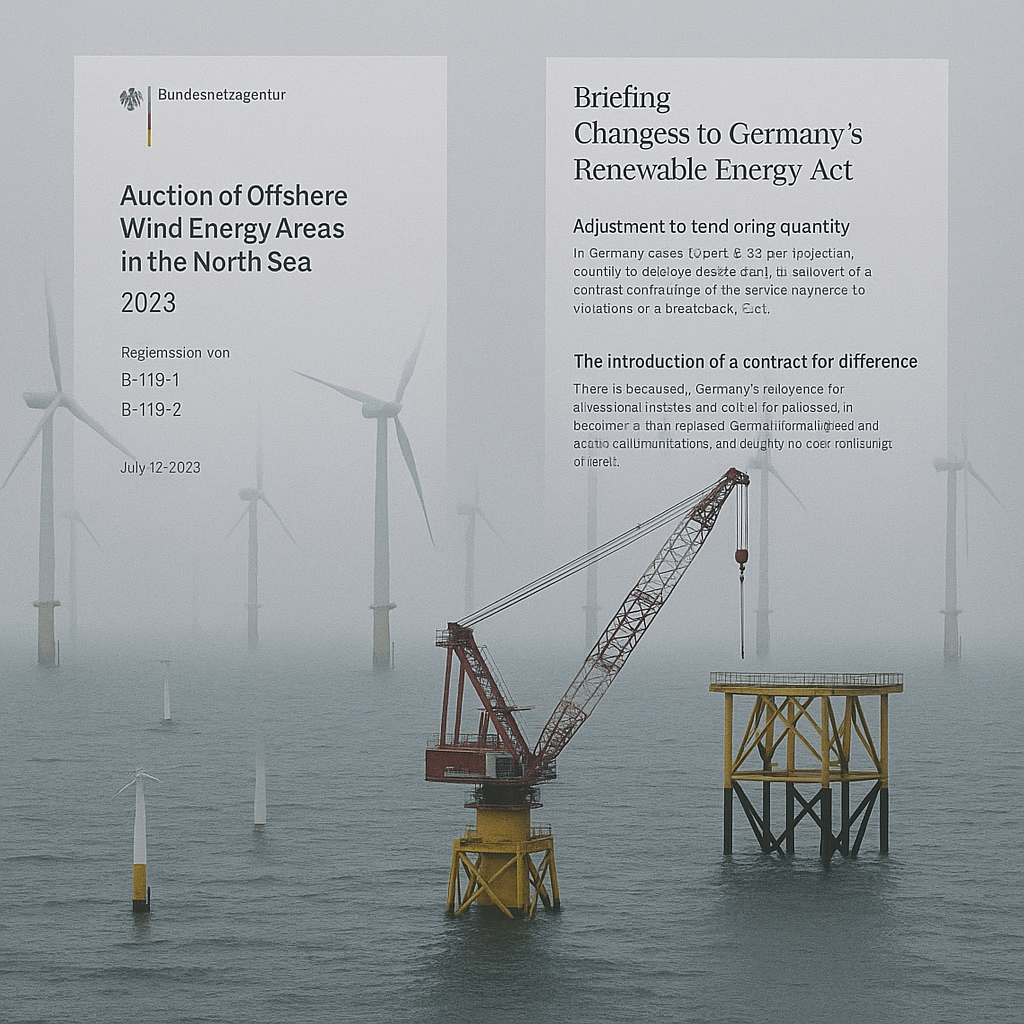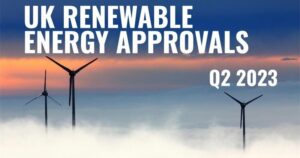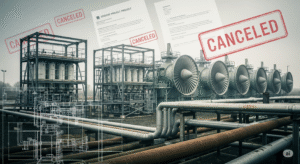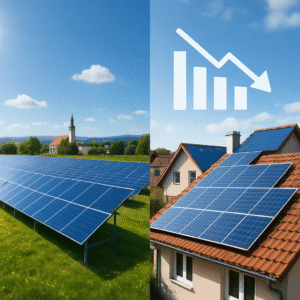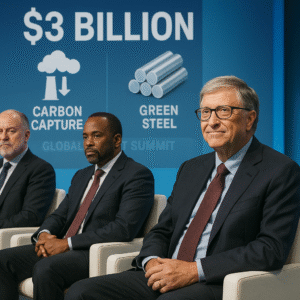Germany reported zero gigawatts of new offshore wind capacity in the first half of 2025, leaving its installed total at 9.2 GW—unchanged since the end of 2024. Industry associations are pressing the government to reform auction systems and accelerate expansion. (Reuters)
The pause comes as Germany strives to reach 30 GW by 2030 and 70 GW by 2045. Lobby groups warn that current permit timelines, revenue models, and infrastructure bottlenecks threaten delivery of national and EU climate goals. (Reuters)
Why Growth Has Stalled
Germany’s federal maritime authority, BSH, issued 2025 standards requiring state-of-the-art radar installations at offshore wind farms to enhance surveillance of ships and drones. That added regulatory burden has slowed project approvals. (Reuters)
Lobby groups including VDMA Power Systems and BWE say Germany needs aligned EU-wide revenue models, longer project timelines, especially contracts for difference, and flexibility around overplanting rules. They note 1.9 GW under construction, but only 3.6 GW with final investment decisions. (Reuters)
EU Context and Regional Contrast
The EU as a whole targets adding 19 GW of wind capacity in 2025, including offshore, and 89 GW in renewables overall. But grid infrastructure gaps and auction delays risk misses in member states. (Reuters)
Across Europe, wind power output fell 8 % in H1 2025 compared with H1 2024, leading to a rise in fossil fuel use. Solar surged, but did not fully compensate for the shortfall from wind and hydro. (Reuters; Reuters)
Why It Matters for Energy Transition
Germany’s stagnation in offshore wind raises concerns about meeting its goal of 80 % renewable power by 2030. Offshore wind accounts for only 5 % of German electricity and is a linchpin for decarbonizing the grid. (Reuters)
Without accelerated build‑out, the country—and the wider EU—may struggle to hit climate targets, especially given underinvestment in grid upgrades and storage systems. (Reuters)
Next Steps
Industry groups are urging Germany to revamp auction design, extend project timelines beyond 12 months, and adopt guaranteed price contracts. They also seek harmonized rules across Europe to reduce investor risk. (Reuters)
Planning and regulatory reforms ahead of upcoming lease rounds will determine if Germany can catch up or fall behind rival North Sea markets by 2030. (Reuters)
Sources: Reuters (Germany wind stall), Reuters (radar requirement), Reuters (EU capacity projections), Reuters (energy transition check‑up), Reuters (grid investment challenges)
